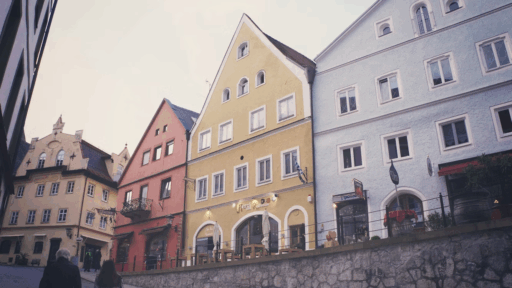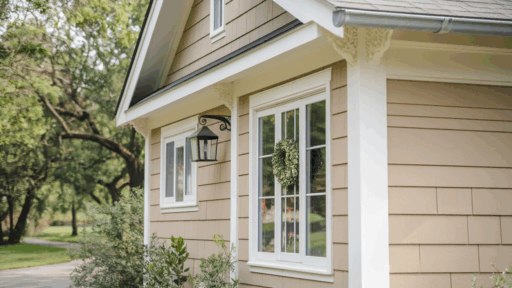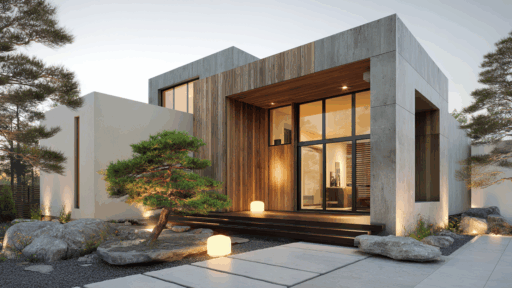Doors are more than mere barriers between spaces-they are complex architectural elements that blend functionality, security, and design.
From the moment we push, pull, or slide them open, doors play a crucial role in our daily lives, yet few truly appreciate their intricate anatomy.
Even you’re a homeowner, designer, architect, or simply curious, understanding the components that make up a door can transform how you view these ubiquitous structures.
Each part, from the smallest hinge to the entire panel, tells a story of engineering, craftsmanship, and purpose-driven design.
Introduction to Door Anatomy
Understanding the anatomy of a door is essential for homeowners, designers, and builders alike. Each part,frame, jamb, hinge, and more-plays a vital role in function, security, and aesthetics.
Even if you’re choosing a front entryway, fixing a squeaky hinge, or customizing a modern look, knowing how doors are built helps make smarter decisions.
In residential settings, doors often prioritize style and comfort, while commercial doors are engineered for durability and security. From ornate panel doors to fire-rated steel ones, the differences highlight the need for purpose-specific knowledge.
For learners, diagrams with labeled parts provide a clear, visual way to grasp how these components come together, making complex terms like “mullion” or “threshold” much easier to understand.
Major Parts of a Door Explained
Understanding the key parts of a door is essential for making informed choices in design, installation, and maintenance.
1. Door Panel
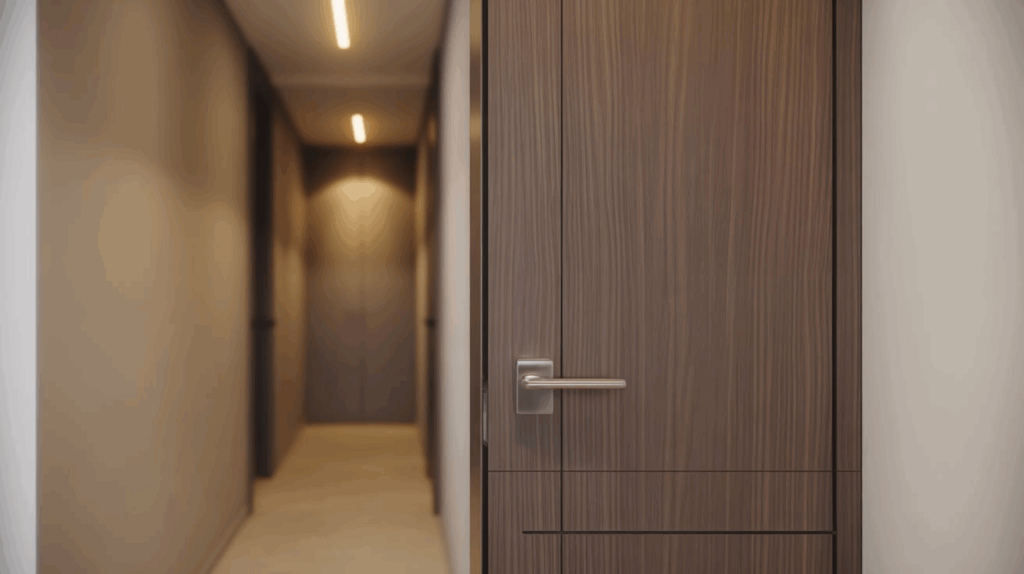
The door panel is the main flat or sculpted surface of the door. It can be a single slab or divided into sections. Common types include flush doors (smooth and minimalist), paneled doors (with framed sections), and those with glass inserts for natural light.
Beyond appearance, the door panel provides insulation, privacy, and acts as the primary barrier between spaces.
2. Stiles and Rails
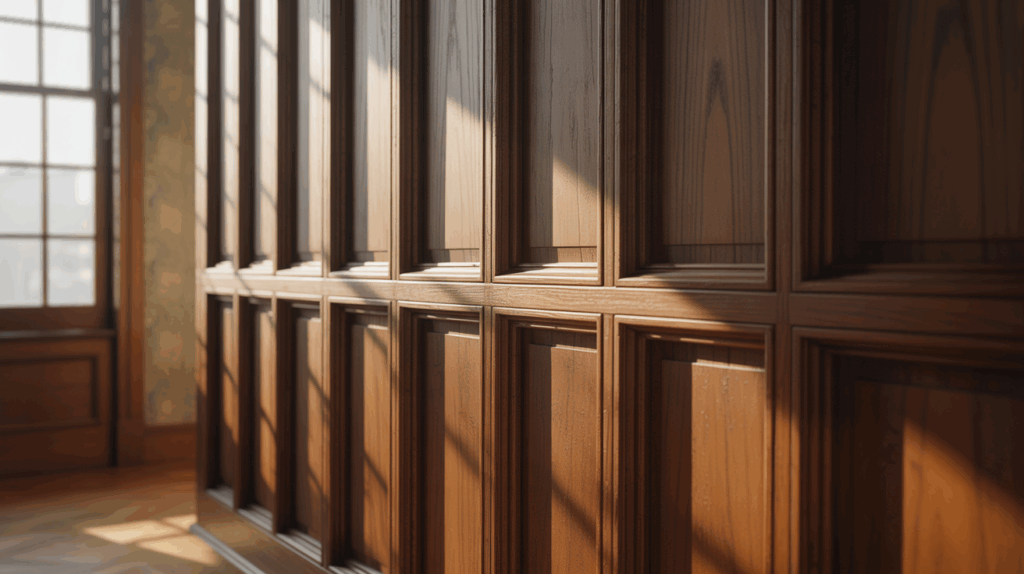
Stiles are the vertical components on the left and right edges of the door—specifically, the hinge stile (attaches to the frame) and the lock stile (houses the latch or lock). Rails are the horizontal pieces: top, bottom, and sometimes a mid rail for added design or support.
Together, stiles and rails form the frame of the door panel, giving it structural integrity.
3. Mullions and Muntins

Mullions and muntins are often confused but serve distinct purposes. Mullions are structural vertical or horizontal elements that separate two door panels or sections of glass.
Muntins, on the other hand, divide a single pane of glass into smaller segments, typically for decorative effect. Both are commonly found in multi-panel or traditional doors, enhancing design and function.
4. Core Materials
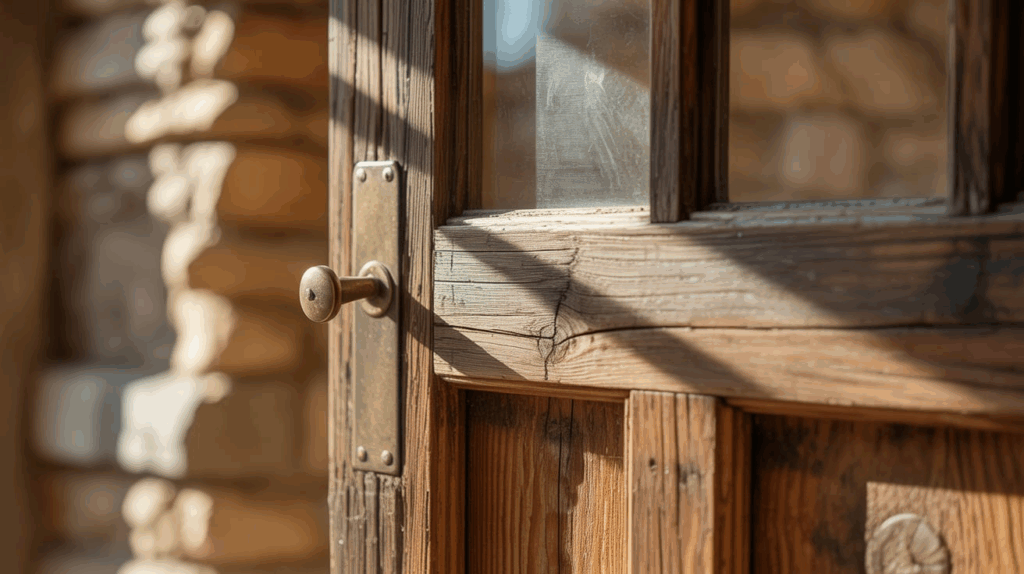
The core material significantly impacts the door’s weight, strength, and performance. Solid wood cores offer durability and excellent insulation but are heavy.
Hollow core doors are lightweight and economical, though less insulating. Solid core doors-usually MDF or particleboard,strike a balance, providing soundproofing and strength at a moderate weight and cost.
5. Surface Finishes
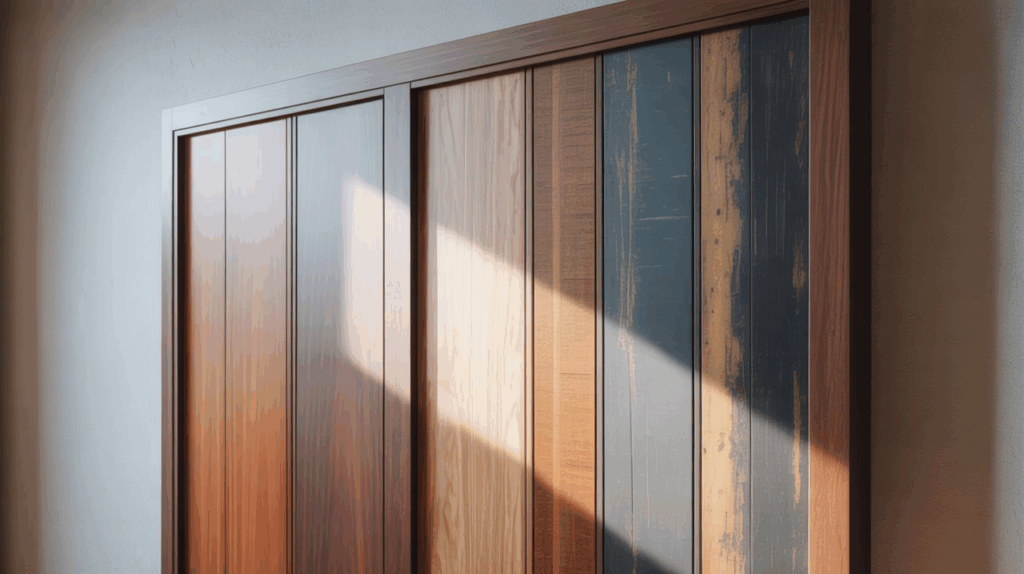
Surface finishes not only define a door’s look but also protect it from wear and moisture. Veneers offer a natural wood appearance without the cost of solid wood.
Paint allows for color customization and surface sealing. Laminates provide a tough, easy-to-clean finish available in various patterns and textures, ideal for both aesthetic appeal and durability.
Essential Hardware Components
Door hardware is critical not only for operation but also for enhancing security, comfort, and design. From hinges that enable movement to locks that safeguard your space, each component plays a functional and often aesthetic role.
Here’s a breakdown of the most essential hardware parts:
Hinges
- Types: butt, continuous (piano), and pivot hinges
- Enable the door to swing open and closed
- Proper placement ensures smooth, stable movement
Door Handle and Lockset
- Includes knobs, levers, deadbolts, and smart locks
- Vital for security and ease of use
- Style and tech can enhance both function and appearance
Strike Plate and Latch
- Aligns with the lockset to secure the door
- Reinforces the latch area to resist forced entry
- Ensures smooth locking and unlocking
Door Closer or Stopper
- Automatic closers return the door to a closed position
- Mechanical stoppers prevent wall damage
- Door holders keep the door open when needed
Peepholes and Viewers
- Allow visual screening before opening the door
- Options include traditional peepholes and digital viewers
- Boost safety without sacrificing privacy
Together, these components make doors operable, secure, and more convenient. Understanding their purpose helps in selecting hardware that meets your specific needs and lifestyle.
Diagrams and Visual References
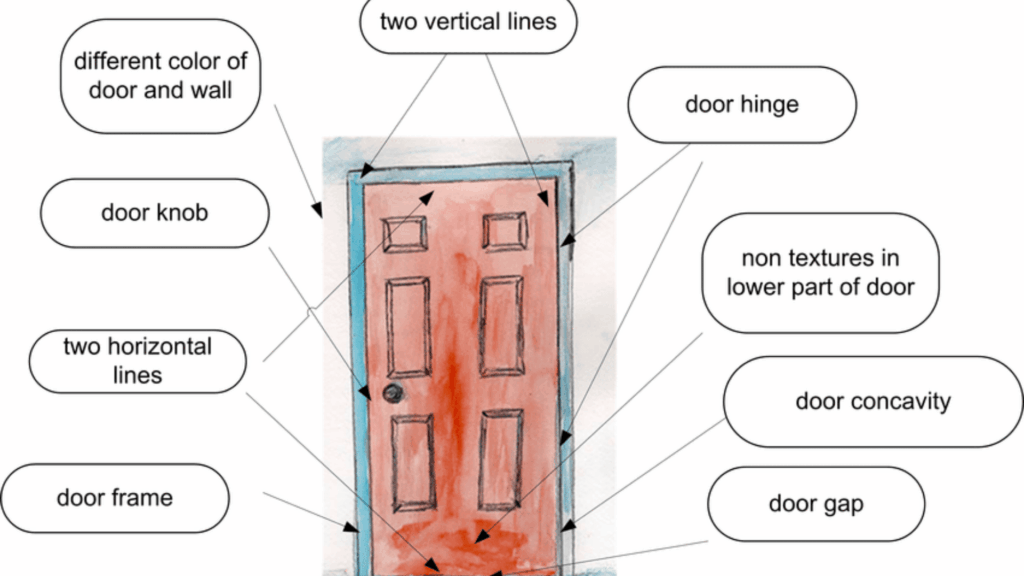
Visual aids make learning door anatomy far more intuitive. Diagrams help users identify and understand each component’s form and function at a glance.
A full door and frame labeled diagram typically includes a front view showing visible elements like the panel, hinges, and handle, and a cross-sectional side view that reveals internal parts such as the core, weatherstripping, and threshold.
For digital formats, an interactive diagram can offer an engaging experience. Users can hover or click on parts-like stiles, mullions, or locksets-to study detailed descriptions, functions, and material options.
These visual tools are especially valuable for DIYers, designers, and students, helping bridge the gap between technical terminology and real-world understanding.
Common Door Types and How Their Parts Vary
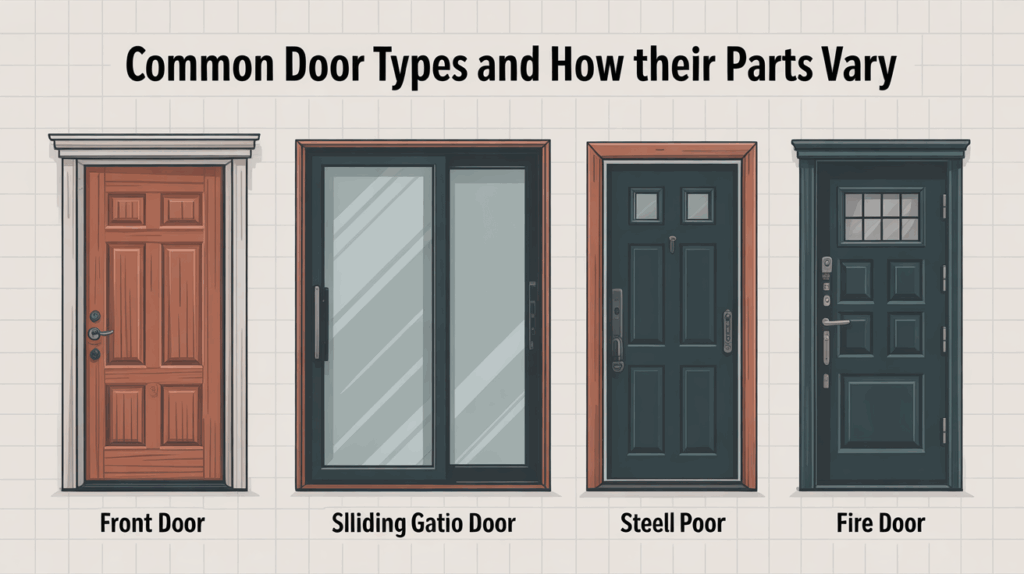
Different door types are designed for specific functions and aesthetics, and their components often vary to suit those needs.
Flush doors have a flat, minimalist panel with a hollow or solid core, while paneled doors include stiles, rails, and decorative panels that improve both strength and style.
Glass doors, like French or patio doors, feature large glass inserts with muntins or mullions for support and design appeal.
Sliding and pocket doors use special track systems instead of hinges, altering how the frame and jambs are structured.
Commercial steel or fire-rated doors include reinforced cores, heavy-duty hinges, and closer systems. Understanding these variations helps in selecting the right door based on location, use, and performance requirements.
Wrapping It Up
Beyond their basic function of separating spaces, doors are remarkable examples of human ingenuity.
They embody a balance between form and function, combining structural integrity, security, aesthetic appeal, and technological innovation.
Whether protecting our homes, defining architectural spaces, or expressing personal style, doors continue to evolve, reflecting our changing lifestyles, technological advancements, and design sensibilities.





